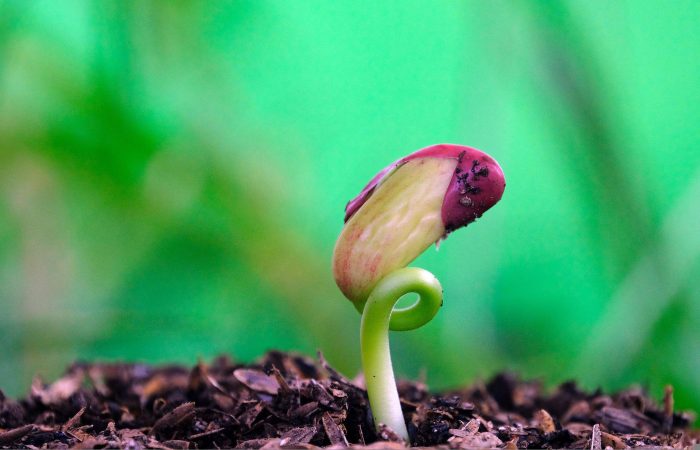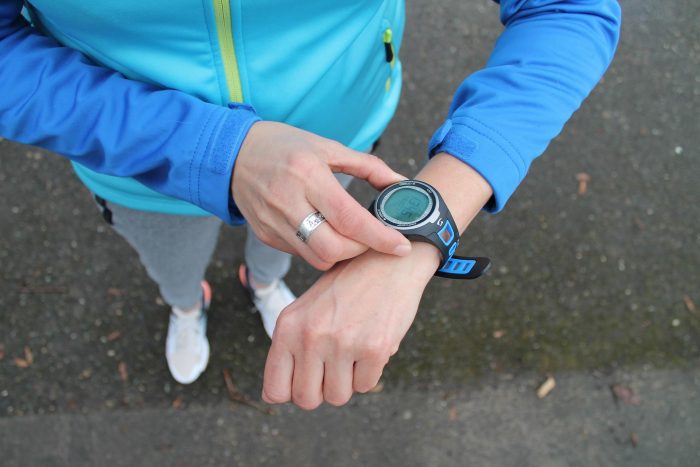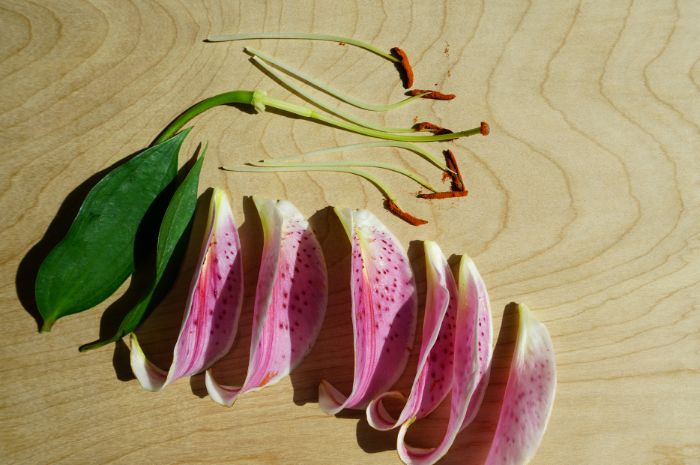Ah, biology. One of my favorite subjects in high school (second to chemistry!) Growing up in the country, it was easy to explore science right outside in our backyard.
Throughout the school year, our hands-on activities included gardening, cracking open fresh chicken eggs, and capturing and dissecting bugs of all kinds. We truly lived the homeschool science dream. For us, there was such a thing as fun biology activities in high school!

Even if you don’t have chickens and a garden in your backyard, you can still successfully use hands-on learning experiences to teach high school biology. Some will require you to purchase equipment and supplies, but many can be done with items you already have at home!
7 Easy Biology Experiments for High School Students
Quick note: We use the terms “lab” and “experiment” somewhat interchangeably. When I think of labs, dissections and microscopes come to mind. When I think of experiments, baking soda and vinegar explosions is my first thought. But realistically, both provide the opportunity for research, hypothesis, and analysis. So, if you see those words used throughout this post, know the end goal is the same!
1. Compare Cell Structures in Plants and Animals
There is massive diversity in the world of cells, also known as the basic building block of all living things. Cells are so small that a microscope must be used to see them. Yet, the cells present in plants and animals are distinctly different.
This lab experiment is a part of our Explore Biology homeschool curriculum at Journey Homeschool Academy! Your student will get to compare their cheek cells to the cells of a leaf. You can download and view the instructions for this lab at the bottom of this post!
2. Microwave Seed Gardening

If microwaving seeds sounds crazy to you, then you and your high school student need to try this experiment!
Most seed packets tell you to plant the seed in the ground and wait a few days for germination. What goes on in the ground between planting and sprouting is quite incredible! But, did you know that microwaving your seeds before planting can affect the speed and success of germination?
This microwaved seed experiment is microscope-free and will need to be spread out over a few days. The reward? Success in teaching science and (hopefully) some delicious radishes!
3. Water Bottle Bacteria Swab
Sometimes I just really wish bacteria were visible to the naked eye. Did I wash my hands well enough? Is the kitchen sink really the grossest surface in my house? For this experiment, there are no detailed instructions.
All you need to do is swab the outside lip of a water bottle after filling it and view the swab under a microscope. Over the course of a day or two, re-swab the bottle each time it is refilled and observe any new or different bacteria under a microscope. From there, your student can hypothesize what factors contributed to bacteria growth!
4. Circulation and Respiration During Activity

I love this activity because there is no extensive equipment or science kits needed! In fact, the only two things needed are a stopwatch and a partner. This is a great science experiment for your student with you or even a sibling!
The process of circulation and respiration in the human body is something that we often take for granted. Combining physical activity with biology will make your student more excited to learn. Plus, they’ll have a lot of fun coming up with activities to get their heart and lungs moving!
Full details for this experiment are provided by Journey Homeschool Academy and can be downloaded at the bottom of this post!
5. Animal Dissections
At Journey Homeschool Academy, many of our biology lab ideas for high school include animal dissections. Our Explore Biology course includes instructions for the dissection of an earthworm, fetal pig, chicken wing, and other previously living creatures.
If your science curriculum includes dissections, don’t skip these labs! Dissections are a crucial part of learning biology! And, while they may seem difficult at first, there are plenty of guides out there to help you along the way.
Still feeling squeamish and not sure how to move forward? In our high school biology curriculum, we offer full video tutorials to walk students through the dissection process step-by-step in our curriculum.
6. Flower Dissections

Did you know that dissection labs can go beyond animals? Though much more fragile and intricate, flower dissections are a fantastic learning opportunity because there is such a large variety of specimens, and many can be found in your backyard!
You can use a simple dissection tool kit to complete this dissection. But, if you don’t have that, a sharp paring knife and a pair of tweezers will work as well.
PS: This lab is included in our Experience Biology curriculum! You can check out a couple free lessons in the sneak peek of the curriculum here!
7. Fermentation and Kombucha
Looking to combine biology, chemistry, and snack time?
Making kombucha will teach your high schooler about yeast growth and fermentation. It also is a perfect segue into a conversation about how good and bad bacteria affect the human GI tract.
This experiment takes a bit longer than most, but your student will be able to document the progress each day. And hopefully, they will end up with a fizzy, fruity drink! (This is a great science fair project if your area has any homeschool science fairs.)
Download a Guide for Two Free Biology Experiments
Put your name and email address in the box below and snag a guide for two free biology experiments. Your students will have the opportunity to learn how to compare plant and animal cells and compare respiration and circulation during different types of activities.
To Biology and Beyond!
It’s easy to lose sight of the beauty of homeschooling: the flexibility, endless creativity, the joy of being able to teach your children…the list goes on!
As you help your teens through middle and high school, remember why you’re homeschooling. Don’t let high school-level biology experiments intimidate you. Instead, let the freedoms that come with homeschooling guide you through biology and beyond!

